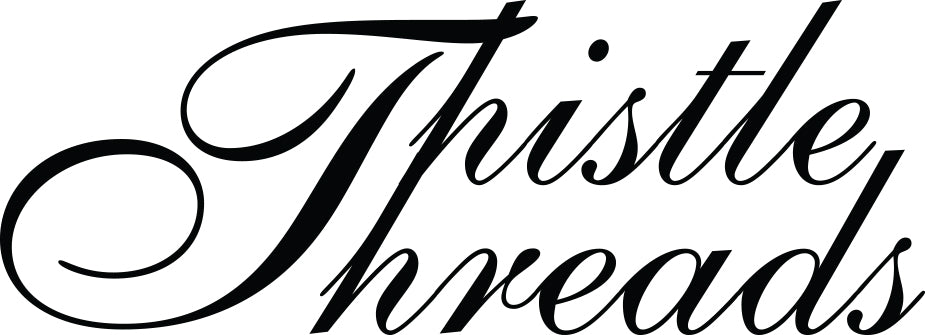$ 697.50
– Sold Out| /
Course Type, Length, and Start Date
History, Technique, Project and Design
18-months. September 1st, 2025. Late Registration taken
Course retired for foreseeable future (until tariff uncertainty stabilizes)
Subscription Payments
Payment in full by button above. If prefer paying by Installment - click the gold link to be taken to PayPal for a subscription:
Kit Contents
625 pages of downloadable history and instructions. You will receive three counts of linen fabric (30ct, 40ct, and 53/63ct). The different gauges will accommodate those who prefer reproductions with high thread count and those who need a lower count to see easier. Enough linen to complete four projects—the ones I’ve designed and your choice of your own personal sampler, as well as extra linen for practice. Ambitious students will have extra linen to use for other projects or to repurpose as needed. Both silk and linen threads will be provided, selected to match the original materials used in these samplers.
The kits will include all a fat-half of each of three linens in 30ct, 40ct, and a 53/55ct linen, cream silk threads in perlee (3) and gobelins (5), nine soie gobelins in colors, four soie de paris in colors, 35/2 Bockens Knypplegarn linen thread, 80/2 Fresia linen thread, 100/2 Fresia linen thread, needles, special blue contact paper, Cardboard tubes, duck fabric, muslin, cord and batting to make a needlelace pillow support.
Course Overview
This course offers a deep dive into the whitework and cutwork found on English band samplers of the 17th century. While the large geometric patterns, often referred to as reticella, are a focal point, we will also explore several other characteristic techniques commonly found in samplers of the period, which often accompany these intricate bands. Over half of the course will be dedicated to mastering the reticella techniques, providing a thorough foundation in this important skill.
Course Structure
The course is a blend of technique instruction, project work, and design practice, allowing you to create your own whitework band sampler. You'll receive materials to work on one to three small pieces of linen, using trial stitches to become comfortable with the techniques and material choices. From there, we’ll move into two sampler projects:
Project 1: A mixed-color counted work band sampler featuring a band of reticella worked in linen thread like the originals. This project is based on a sampler from the Winterthur Museum collection.
Project 2: Inspired by a personal favorite piece from the Cooper-Hewitt National Design Museum collection, this sampler uses colored silk threads in reticella, creating a master class in this technique.
Additional Projects
Project 3: A punta-in-aria length of lace, providing another layer of skill-building in fine needlework.
Optional Project 4: A personal band sampler of your own design, incorporating all the techniques we explore. You will work from patterns provided, as well as the real 16th-17th century pattern books, addressing the historical challenges of geometry and scaling in embroidery.
Course Focus
One of the key challenges this course will address is the geometry and mathematics of 17th-century samplers. You’ll learn how to scale patterns to fit the chosen width of your sampler, avoiding awkward gaps or mismatched patterns. We will explore how to work with bands that feature varying scales of withdrawn threads, ensuring everything fits seamlessly within the boundaries of your design.
Materials and Techniques
The course will include detailed photographs of at least five samplers, helping to illustrate the techniques we’ll cover. These will be supported by Pinterest boards, which will serve as a general reference and a specific visual aid for key points in the course.
You’ll also receive patterns that can be cut and arranged for your personal sampler, with guidance on how to convert patterns from the 16th-17th century pattern books to the correct scale. Additionally, I’ll provide instruction on how to analyze a pattern to determine the best stitch choices and the order in which to work the design.
Course Flexibility
At Thistle Threads, we understand that life’s commitments can make it difficult to focus on a course every month. That’s why my courses are designed to be self-paced, allowing you to learn at your own rhythm. You can take breaks when needed, and the course material will remain available to you, often serving as a valuable reference for future projects once completed.
Course Access and Delivery
Upon the start date of the course, you’ll receive a username and password to access my teaching site on the Thinkific platform. Logging in will immediately give you access to the first lesson, ready for download. Course materials will primarily be provided in PDF format, but may also include additional resources like stitch diagram animations, videos, or Pinterest board links.
Once the course is completed, you’ll receive access to non-public YouTube playlists, where videos and animations will be available for future reference and continued learning.
Access Timeframe
Course materials must be downloaded within three months of the course's conclusion. During the course, all lessons—including new ones and previously released content—will be accessible. So, if you’re unable to log in during a month, you can always catch up by reviewing any missed lessons at your own pace.
Prerequisites
This course requires a basic understanding of counted work, including running stitch, satin stitch, and cross stitch. A willingness to explore other counted stitches, such as alternating backstitch and Montenegrin stitch, will be essential. Full instructions for these stitches, along with specific diagrams for the motifs, will be provided, including detailed guidance on turning corners and making diagonal stitches with these more challenging techniques. Those with experience in drawn work or hardanger will find the course a fresh extension of what they know. Those who have never done cutwork will find detailed instructions to aid them in their new journey. A willingness to try is the best prerequisite.
